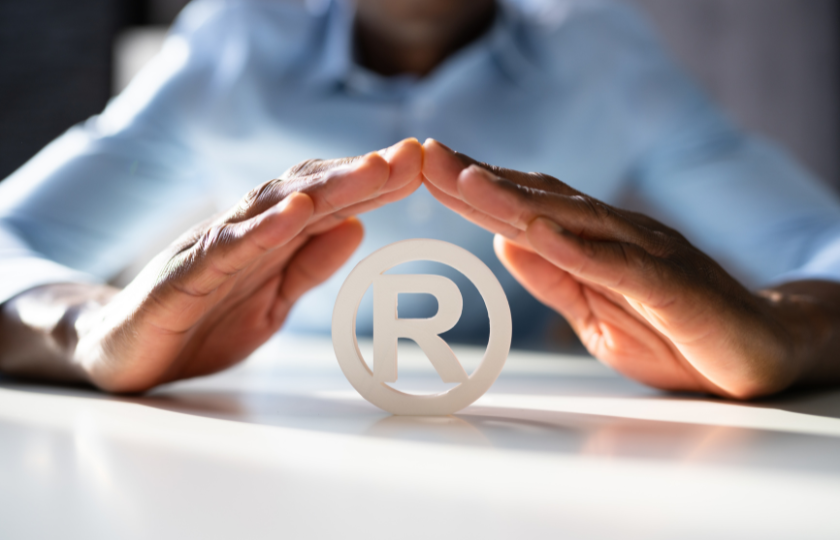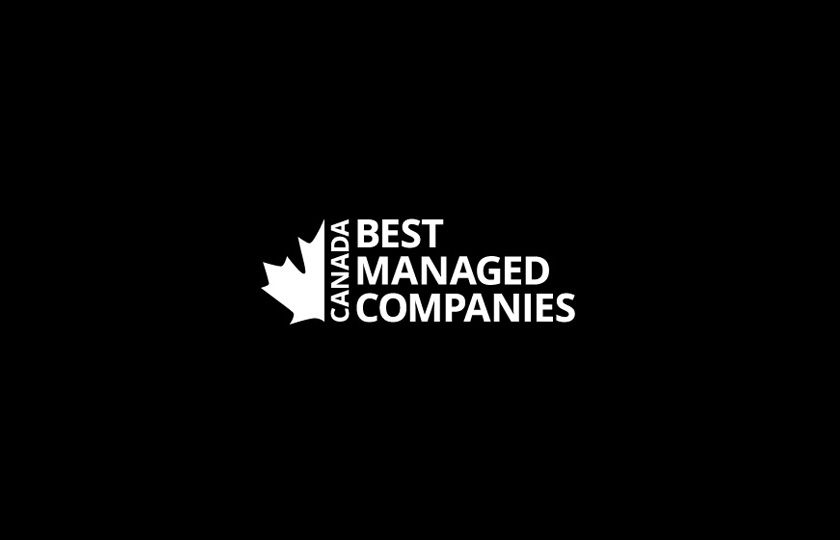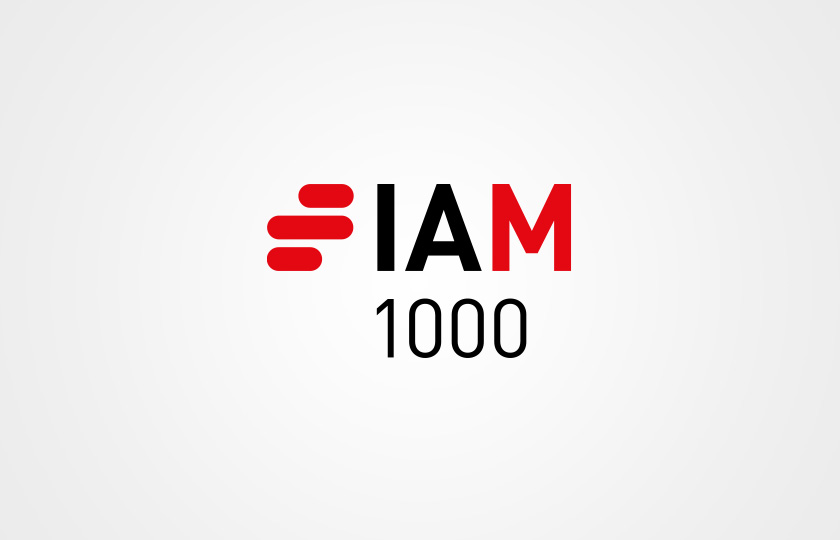
Executive Summaries Jan 27, 2025
Wine, Beer, Juice, Water - Make these Beverages, With or Without Alcohol, Part of Your Trademark Resolutions for 2025!
Beverage companies, be advised: The assessment of the risk of confusion between alcoholic and non-alcoholic beverage trademarks is constantly evolving.
Historically, when assessing the likelihood of confusion between trademarks in the beverage sector, trademark authorities generally accepted the coexistence of similar marks for different types of beverages, such as spirits, wines and juices, because of how different and well-defined these markets were. But times have changed, and so has the practice of assessing the risk of confusion, as demonstrated by the Trademarks Opposition Board’s decision in Sun-Maid Growers of California v. Long Sun Brewing Co., Ltd. (2023 TMOB 111).
Beer, Wine and Brandy
This decision should encourage owners of alcoholic and non-alcoholic beverage marks to think twice before using a new trademark. In this case, the Board upheld the opposition filed by Sun-Maid Growers of California (“Sun-Maid”) against the registration of the semi-figurative mark SUNMAI. Sun-Maid opposed the application to register the semi-figurative mark SUNMAI for various beverages, including beer and fruit juices, alleging a likelihood of confusion with its SUN-MAID family of marks, which is registered in connection with wine and brandy but mainly used in Canada in connection with food products and non-alcoholic beverages.
Sun-Maid asserted that the beers covered by the SUNMAI trademark application were goods related to the wines and brandies registered under the SUN-MAID trademark, arguing that brewed alcoholic beverages and wines are generally sold in the same stores or retail outlets and are all part of the alcohol industry. The Board ruled in favour of Sun-Maid on these grounds.
Natural Extension of Business
The Board found that the products covered by the application for registration could be considered as a “natural extension of the Opponent’s business,” particularly given that Sun-Maid demonstrated its ability to produce or authorize the production of products similar to those covered by the opposed application.
In this regard, the Board established a link between the grape-based products marketed by Sun-Maid and the beers manufactured by the Applicant, pointing out the following: “In addition to providing evidence that some beers in Canada and the U.S. are produced using raisins [...], the Opponent’s evidence of the Applicant’s website at SUNMAI.com [...] prominently displays the following ad for SUNMAI branded ‘grape beer’ [...] I [...] consider this evidence to be relevant insofar as it shows how the Applicant has been using its Mark with fruit-flavoured beer in other countries.” The Board concluded as follows: “While the Opponent’s evidence does not show any use of any of its trademarks in association with alcoholic beverages in Canada [...] the Applicant’s Goods could be considered a natural extension of the Opponent’s business.”
This decision illustrates that in the current assessment of the risk of confusion, alcoholic products (such as SUNMAI beers) and non-alcoholic products (such as Sun-Maid grape-based products) can, to a certain extent, be considered as related products, in the same way as wines and brewed alcoholic beverages.
Adapting the Analysis to the Evolving Market
This evolution in the analysis of the risk of confusion between similar marks in the alcoholic and non-alcoholic beverage sectors isn’t a result of a change in trademark legislation but rather of the competent authorities’ adaptation to the evolution of the beverage market. In fact, it’s increasingly common to find non-alcoholic versions of traditionally alcoholic beverages like beer or wine, as it is to find alcoholic versions of typically non-alcoholic products like tea-based drinks or sparkling waters.
Resolutions for 2025
With that in mind, beverage companies should adopt the following resolutions for 2025 when considering the use of a new trademark:
- Resolution #1: Check the availability of the mark before using it to ensure it doesn’t infringe any third-party intellectual property rights.
- Resolution #2: Ensure that the mark is registrable in light of the criteria established in the Trademarks Act, which require, among other things, that the mark be distinctive but not clearly descriptive or deceptively misdescriptive and that it complies with legislation on protected geographical indications.
- Resolution #3: Apply to have the mark registered in Canada as well as in countries or jurisdictions of interest to protect the trademark and maximize its value.
It’s important to note that the approval of your mark by the Société des alcools du Québec or any other organization governing the sale of alcohol in a given geographic territory in no way guarantees its availability for commercial use or its registrability as a trademark.
Here’s to 2025 and all the new resolutions that come with it!
Our team of trademark specialists are highly knowledgeable, particularly in the field of trademarks for alcoholic and non-alcoholic beverages and will be happy to support you in checking the availability of a trademark for use and registration and in choosing a strategy for protecting your trademarks in Canada and abroad.
You would also like

BCF is recognized in the 2025 edition of the Chambers Global directory

Canada's Best Managed Companies: BCF Recognized for 17th Consecutive Year
























































































